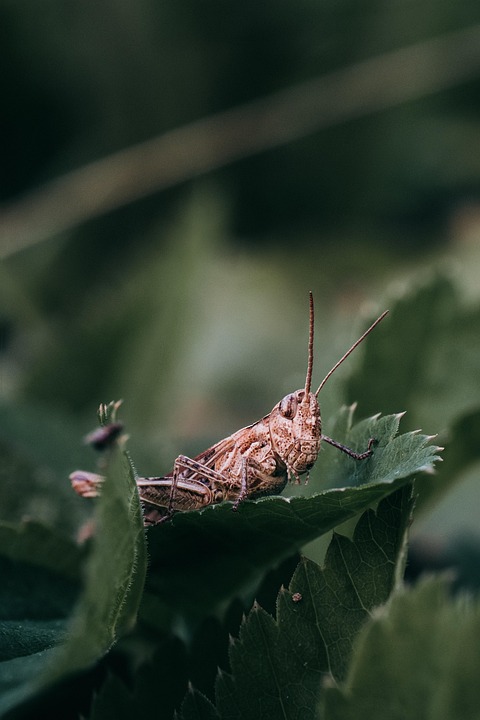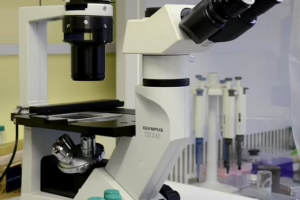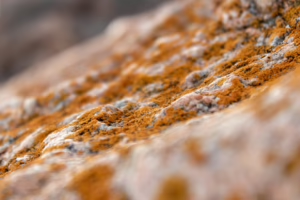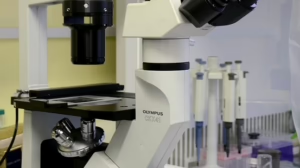The Secret Life of Soil: Understanding the Microbial World Beneath Our Feet
Soil, often seen merely as a foundation for plants, is in reality a bustling ecosystem teeming with life and activity. Beneath the surface, an intricate web of microorganisms works tirelessly to support life on Earth, contributing to everything from nutrient cycling to climate regulation. This hidden world is vital for agricultural productivity, ecosystem health, and, ultimately, human survival. To appreciate the significance of soil, it is crucial to delve into the secret life beneath our feet.
The Composition of Soil
Soil is far more than a mixture of sand, silt, and clay; it is a dynamic and complex habitat that supports a plethora of living organisms. A single teaspoon of healthy soil can contain billions of microorganisms, including bacteria, fungi, protozoa, nematodes, and other microscopic life forms. Together, these microorganisms form a diverse community that plays essential roles in soil fertility, plant health, and environmental balance.
Bacteria: The Unsung Heroes
Bacteria are among the most abundant and diverse microorganisms found in soil. They play critical roles in nutrient cycling, particularly in the decomposition of organic material. As plants and animals die, their remains are broken down by bacteria, releasing essential nutrients like nitrogen and phosphorus back into the soil. This process is paramount for plant growth, forming the basis of the food web.
Certain bacteria, known as nitrogen-fixing bacteria, even have the ability to convert atmospheric nitrogen into forms that plants can use, enhancing soil fertility. This symbiotic relationship is seen in leguminous plants, which host these bacteria in their root nodules.
Fungi: The Network Builders
Fungi, particularly mycorrhizal fungi, are another key player in the soil ecosystem. They extend their hyphae, creating an extensive network that connects plant roots, allowing for improved nutrient and water absorption. In exchange, plants supply these fungi with carbohydrates produced through photosynthesis.
This symbiosis not only enhances plant growth but also improves soil structure. The fungal hyphae help aggregate soil particles, enhancing aeration and drainage while preventing erosion. They also assist in remediating pollution by breaking down organic contaminants.
Protozoa and Nematodes: The Micro-Predators
Protozoa and nematodes are essential components of soil biology, acting as natural regulators of microbial populations. Protozoa consume bacteria and other microorganisms, releasing nutrients in forms that plants can absorb. Nematodes, tiny roundworms, prey on bacteria and fungal spores, further contributing to nutrient cycling.
These predators help maintain a balanced microbial community by preventing any single species from dominating the soil ecosystem, thus promoting diversity and resilience. Their presence is an indicator of healthy soil biodiversity.
The Role of Soil Microbes in Ecosystem Function
The functions and processes facilitated by soil microbes extend far beyond plant nutrition. They play essential roles in:
1. Carbon Sequestration
Soil microorganisms contribute significantly to carbon cycling. Through the decomposition of organic matter, they help sequester carbon in the soil, playing a vital role in climate regulation. Healthy soils are capable of effectively aggregating carbon, mitigating greenhouse gas emissions and combating climate change.
2. Contaminant Breakdown
Certain soil bacteria and fungi have the unique ability to degrade pollutants, including heavy metals and organic contaminants. This natural bioremediation process assists in cleaning up contaminated sites, protecting groundwater, and promoting healthier ecosystems.
3. Water Filtration and Retention
Microbial activity helps improve soil structure, which enhances water infiltration and retention. Well-structured soil absorbs water more efficiently and reduces runoff, benefiting agricultural systems and natural ecosystems alike.
Threats to Soil Microbial Communities
Despite their critical importance, soil microbial communities face significant threats from human activities. Intensive agricultural practices, overuse of pesticides and fertilizers, soil compaction, deforestation, and climate change can lead to the disruption of these communities. As diversity and abundance decline, so too do the myriad benefits they provide.
Conservation practices such as cover cropping, reduced tillage, organic farming, and restoration of natural habitats can bolster soil health by promoting diverse microbial communities. Understanding these practices and adopting sustainable methods is essential to preserve this invaluable resource.
Conclusion
The secret life of soil is a testament to the complexity and interconnectedness of nature. By nurturing and understanding the microbial world beneath our feet, we can ensure the health of our ecosystems, enhance agricultural productivity, and combat climate change. As we look to the future, investing in soil health must become a priority, not only for our planet but for generations to come. Let us dig deeper to unearth the hidden wonders and vulnerabilities of soil—the foundation of life on Earth.
For further exploration of soil health, consider referring to resources available through [modern_footnote_source_link].


























Add Comment